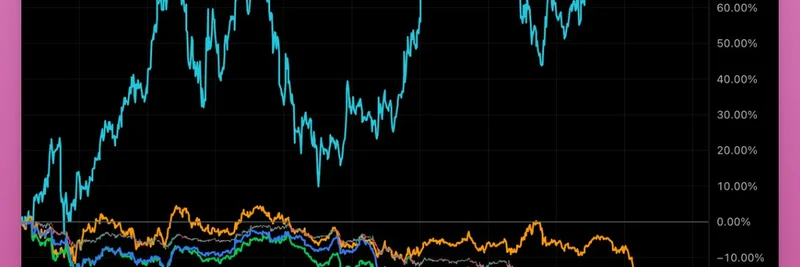If you've been keeping an eye on the DeFi space, you might have caught wind of some exciting developments involving Ripple's stablecoin and Aave's innovative lending platform. According to a recent post from Token Terminal, deposits of Ripple's RLUSD into Aave's Horizon RWA Market have jumped by about 100% over the past month. That's a pretty significant uptick, and it's worth unpacking what this means for the world of decentralized finance.
First off, let's break down the key players here. Ripple, the company behind the XRP cryptocurrency, launched RLUSD as a USD-pegged stablecoin designed for enterprise use. It's backed by real dollars and aims to provide stability in the often volatile crypto market. On the other side, Aave is one of the leading DeFi protocols, allowing users to lend and borrow assets without traditional banks. Their Horizon RWA Market, which launched earlier this year, focuses on real-world assets (RWAs)—think tokenized versions of things like treasury funds or other financial instruments that bridge traditional finance and blockchain.
The Horizon market lets qualified users, often institutions, borrow stablecoins like RLUSD against these tokenized RWAs. This setup is part of a growing trend where DeFi is merging with real-world finance, making it easier to access liquidity while keeping things compliant and secure.
As you can see in the chart from the original tweet, deposits started climbing steadily from September 2025, hitting around 250 million by mid-November. This surge isn't just random; it reflects growing confidence in RWAs as a way to bring more traditional investors into crypto. For context, Horizon's total deposits have been booming too—crossing $520 million earlier this month, according to updates from Aave.
Why does this matter? For one, it shows that stablecoins like RLUSD are finding real utility in DeFi ecosystems. Borrowers can use RWAs as collateral to get RLUSD, which they might then deploy in other trades or investments. This could stabilize parts of the market, providing a counterbalance to the wild swings often seen in meme tokens and other speculative assets.
Speaking of meme tokens—while Meme Insider focuses on that fun, community-driven side of crypto, moves like this in the RWA space can indirectly benefit meme projects. More liquidity from stablecoins means easier on-ramps for traders, potentially fueling the next big meme coin pump. Plus, as DeFi matures with tools like Horizon, it creates a safer environment for everyone, including those chasing the latest viral tokens.
If you're diving into DeFi, keep an eye on platforms like Aave and Ripple. Trends like this RWA integration could be the bridge that brings billions more into blockchain. What's your take—will RWAs revolutionize crypto, or is it just another hype cycle?




